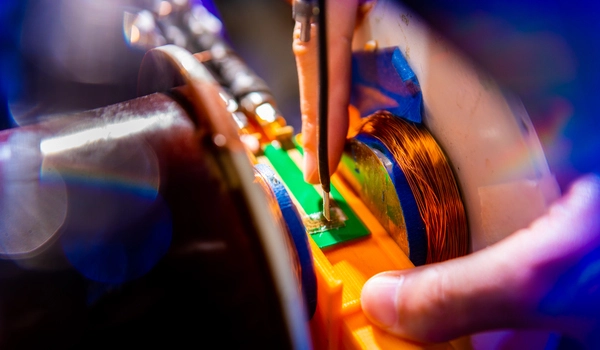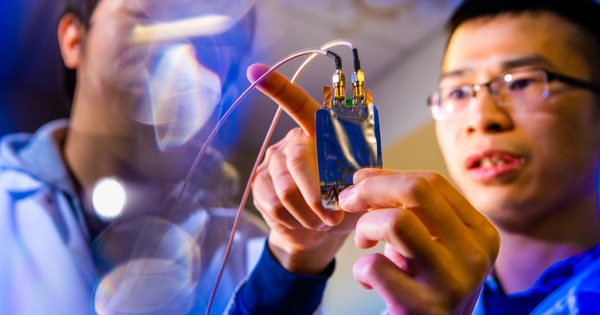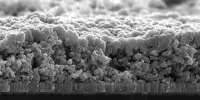With the growing popularity of electric vehicles, there is an increased demand for high-capacity batteries, emphasizing the importance of monitoring battery health. With the widespread use of electric vehicles (EVs) around the world, power batteries, as a critical component, determine the vehicle’s power performance and mileage. Because of their high energy density, lithium-ion batteries have been the most successful energy storage devices. However, the high energy density of these batteries causes a growing number of safety issues. Numerous EV spontaneous combustion and fire accidents have occurred recently, raising serious concerns about the reliability of EV batteries.
A new study demonstrates how a magnetic material can be used to monitor how much life is left in a rechargeable battery before it needs to be recharged. The project was led by Shenqiang Ren, a scientist and engineer at the University of Buffalo, who explains how the system works.
This project’s main goal was to work on magneto-ionics, which uses ions to control the magnetism of materials. The magnetization of the material will change as the lithium ions travel in and out of it. We can measure magnetism, which allows us to indirectly measure the state of charge of lithium ions. We believe this is a novel approach to providing accurate, fast, and responsive state of charge sensing.
Shenqiang Ren
Lithium ions flow from one side of the battery to the other as lithium-ion batteries charge and discharge. With this in mind, Ren’s team created a lithium-ion battery with a unique material at one end: a compound whose magnetism changes as lithium ions enter and exit it. This allows Ren to measure the battery’s charge level by tracking changes in the material’s magnetism.
The research was published in the Proceedings of the National Academy of Sciences (PNAS).
“This project’s main goal was to work on magneto-ionics, which uses ions to control the magnetism of materials. The magnetization of the material will change as the lithium ions travel in and out of it. We can measure magnetism, which allows us to indirectly measure the state of charge of lithium ions. We believe this is a novel approach to providing accurate, fast, and responsive state of charge sensing” Ren, PhD, is a UB professor of mechanical and aerospace engineering, as well as chemistry, and a member of the UB RENEW Institute’s core faculty.

In addition to Ren, corresponding authors of the study include Yuguang C. Li, PhD, UB assistant professor of chemistry; Fei Yao, PhD, UB assistant professor of materials design and innovation; and Qimin Yan, PhD, Temple University assistant professor of physics. Yong Hu, a UB PhD student in mechanical engineering, was the first author.
The magnetic imaging technique (MIT) is the most widely used in nondestructive electromagnetic testing methods. The electromagnetic induction principle is used to stimulate the samples, and the state of the samples is determined by the distribution of magnetic flux density. Various magnetic sensors, such as the Hall sensor, magnetoresistive sensor, and superconducting quantum interference devices, are used to image the magnetic field due to their different working principles (SQUIDs).
The Hall sensor is widely used for detecting magnetic fields, and an imaging system based on the Hall sensor array can be used to estimate crack size and test the shape of ferromagnetic materials; however, the sensitivity of the Hall sensor limits this method. Magnetoresistive sensors are made using thin-film technology, allowing them to be highly integrated.
The magneto-ionic material developed by the team is composed of vanadium, chromium, and cyanide, with an aqua ligand. The PNAS paper describes the properties of the compound that make it ideal for use in rechargeable batteries, as well as the techniques the scientists used to measure the changing magnetism of the material in a rechargeable lithium-ion battery.
















